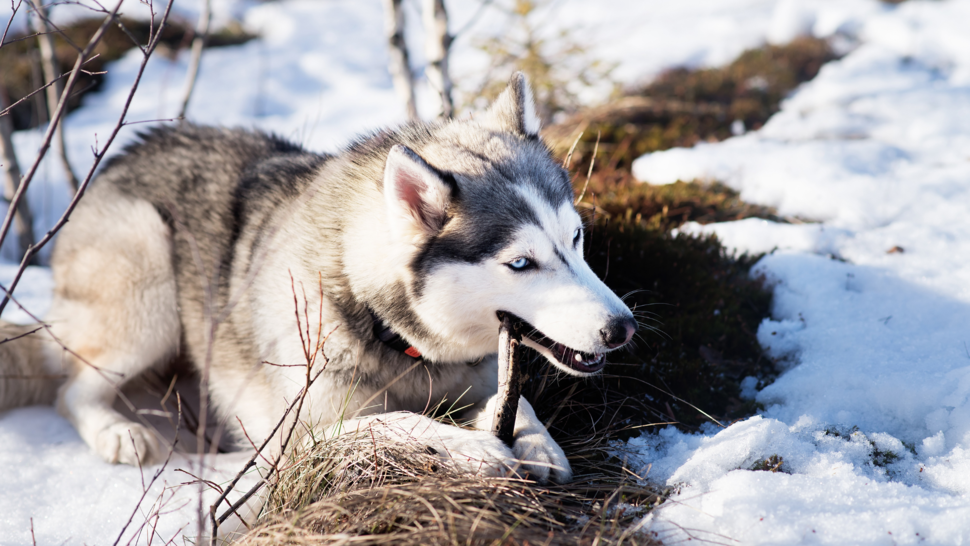Welcome, Winter!

When the season begins to change, it is natural to shift our diet accordingly. In the colder weather, we tend to navigate more towards hearty meals such as soups, stews, and roasted vegetables. In the warmer weather, we choose fresh salads, fruit, and of course, ice cream! However, we may not think to mimic these actions when it comes to the food we feed our pets. Understanding that every animal is individually unique is very important, but there are some commonalities that affect the way dogs and cats respond to the foods they consume.
The correlation between the food your pet digests and their internal body temperature is called food energetics. Animal meat is classified as having various properties such as cooling, warming, etc. This means that specific proteins can either raise or lower a pets internal body temperature. This approach can be beneficial for allergies, inflammation, and general comfortability of an animal. The latter refers to body temperature, in that if we choose to feed more “warming proteins” in the colder months, we can help to balance the body’s internal temperature. Proteins such as beef, lamb, venison, chicken, pheasant, goat, and salmon are all considered to be warming. If the body ingests more of these proteins, it does not have to expend as much energy raising its internal temperature.
As mentioned above, every animal is unique and some breeds do not require as much attention on this matter if they tend to be more naturally warm, or if they are not burning as much energy as they would in warmer months. Keeping an eye on how your dog or cat is reacting to seasonal changes will benefit their overall health and maintain a balance of energy.
As always, if you have any questions about your pets’ food please come and visit us and we will help you to find the best option to make sure they are happy and healthy, no matter the season.
Cheers!


